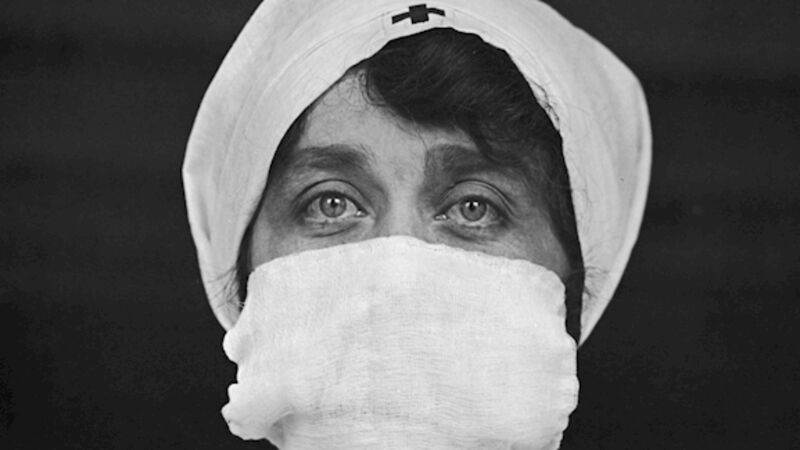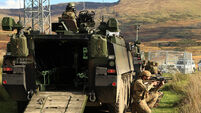The Irish Examiner View: A new pandemic in a more capable world

Sometimes, comparisons stretching across time can be so unsettling that we intuitively avoid making them — publicly at least. That, however, does not make them any less relevant or any less useful. Or indeed any less pressing.
This morning, even as Spring’s widening smile warms the countryside, comparisons between today’s pandemic and the one of a century ago are ever more unavoidable. How might it be otherwise? The world cannot, even if it wished to, disremember such a traumatic event.
















